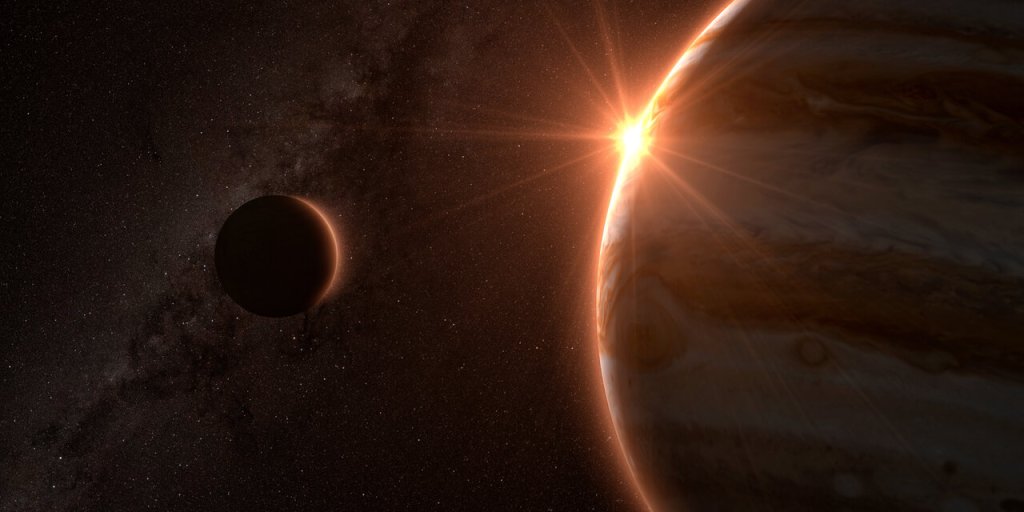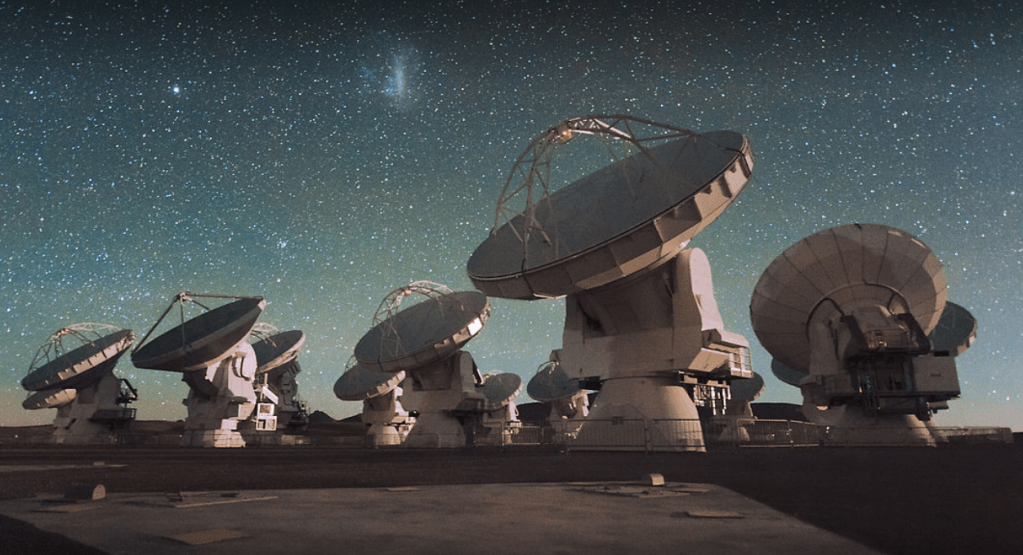The Sky’s No Limit
See Astronomical Phenomena
Looking for easy, fun and free activities to fill your winter nights? Step outside and open your eyes to some spectacular upcoming astronomical events. Dec. 7: Jupiter at opposition The largest planet in the solar system lies opposite the sun in the sky and will be visible all night in the constellation Taurus. Dec. 8: […]

